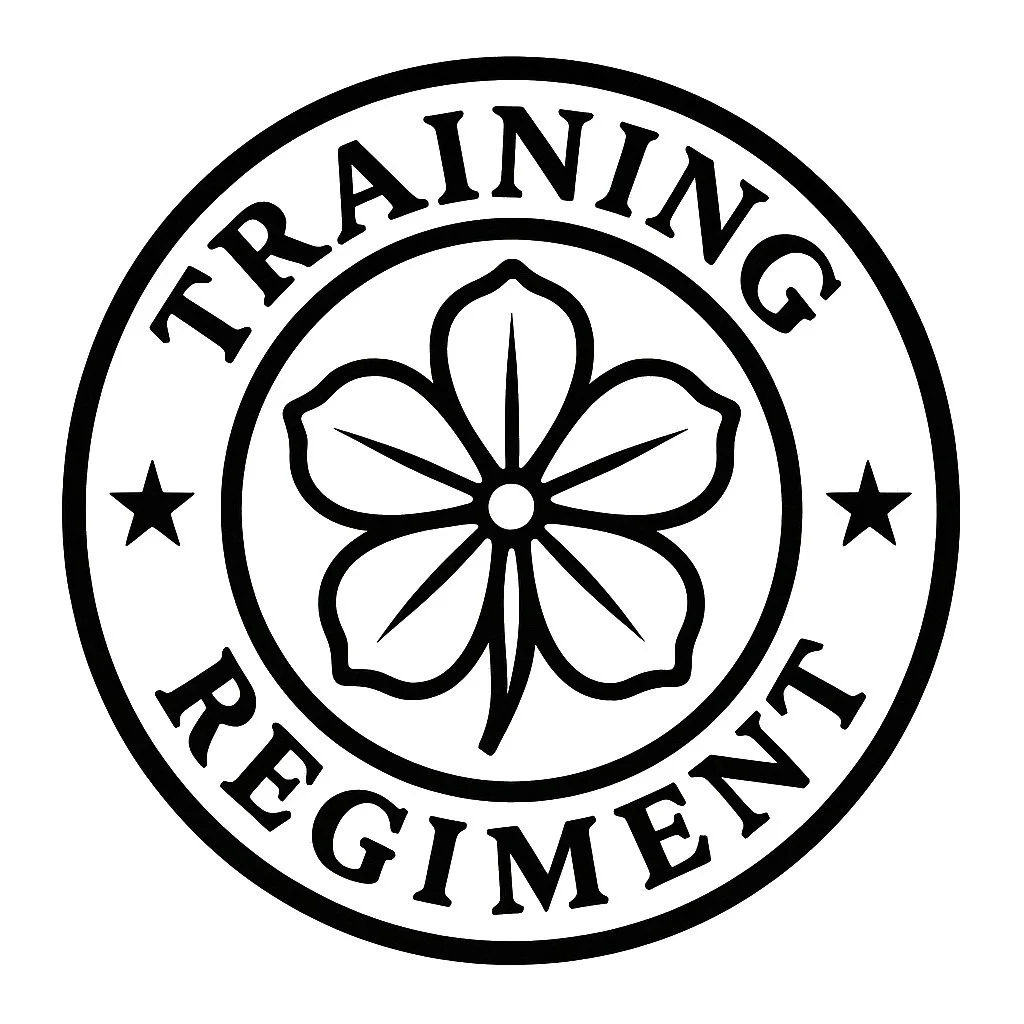Prepare for the Worst: Why Physical Training Could Save a Life - Maybe Yours
It happens fast.
A tire screeches, metal twists, and a sedan flips into a ditch.
A fire alarm blares, smoke fills the corridor, and children scramble in panic.
Gunshots erupt in a crowded public space, and chaos breaks loose.
In these moments, there’s no time to Google a tutorial, no time to call for help and wait. You are the help. The ability to act decisively and physically could mean the difference between life and death—for you, for your loved ones, or for total strangers.
The truth is simple: emergency response is physical. Dragging an injured person to safety, applying chest compressions for 10, 15, 60 minutes or longer, navigating a low-visibility environment under stress—all of it takes strength, endurance, and composure under pressure.
This kind of capability doesn’t appear in a crisis. It is built. And it must be maintained. That’s where Certified Strength and Conditioning Specialists (CSCS) come in—not just as fitness professionals, but as readiness experts for the real world.
Emergencies Don’t Wait for Fitness
You don’t need a badge to be a first responder. Whether you’re a teacher, a parent, a nurse, or a commuter, you may one day find yourself at the center of an unfolding crisis. The Department of Homeland Security now refers to civilians who step in before EMS arrives as “Immediate Responders.” You don’t choose the moment—but you can choose to be ready for it.
That readiness includes having:
• The strength to move debris or carry a person
• The stamina to maintain life-saving aid like CPR or bleeding control
• The mobility and balance to maneuver in unstable terrain
• The mental clarity that comes from being physically conditioned to stress
This isn’t about bodybuilding or running marathons. It’s about being able to do what needs to be done, when no one else can.
Why CSCS Are the Experts You Need
Certified Strength and Conditioning Specialists are professionals trained at the highest levels of performance science. Unlike casual fitness instructors, CSCSs are credentialed by the National Strength and Conditioning Association (NSCA) and hold degrees in exercise science or related fields. They work with elite athletes, military personnel, and law enforcement—but their skills translate directly to the needs of average citizens who want to be ready for anything.
A CSCS doesn’t just make you “fit.” They create purpose-driven programs that prepare your body to perform specific tasks under specific conditions. Think about it:
• How long can you apply forceful chest compressions before exhaustion?
• Can you lift and carry a 150-pound person 50 feet?
• Can you sprint toward danger, not away, while keeping your balance under stress?
These are trainable skills. A CSCS can assess your current condition and design a plan to improve the functional strength, power, endurance, and mobility required in real-world emergencies.
The Moral Case for Physical Readiness
There’s an uncomfortable truth many avoid: in a life-threatening emergency, your body is either an asset or a liability.
Your kids don’t care about your gym membership. The stranger pinned in a wrecked car doesn’t care about your step count. In that moment, all that matters is whether you can move, act, and endure.
Physical readiness is not vanity, it’s a form of responsibility. When you train with intention, especially under the guidance of a CSCS, you are making a simple but powerful statement: “If something happens, I can help.”
Emergencies are unpredictable. Your response shouldn’t be. Seek out a CSCS. Build the body and mindset of a capable immediate responder. Not because you’re paranoid, but because you’re prepared.
Because when lives are on the line, being strong enough to act isn’t optional—it’s essential.
No Equipment Needed. Full Body. Functional Strength.
Perform 3–5 circuits. Rest 60 seconds between circuits. Train 2–3x per week for up to 4 weeks.
1. Bear Crawl (Forward & Backward) – 30 seconds
Builds core strength, shoulder stability, and low-profile movement ability.
2. Push-Up to Reach – 10 reps
Chest, triceps, and shoulder strength for CPR, bracing, or lifting.
3. Jump Squats – 10 reps
Explosive power for sprints, leaps, and fast direction changes.
4. Split Squat Hold – 20 seconds each leg
Unilateral leg strength and stability—essential for lifting or dragging.
5. Plank with Reach – 30 seconds
Full-body tension and control for crawling, shooting positions, and grip endurance.

